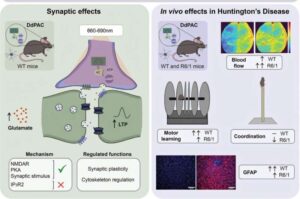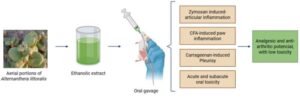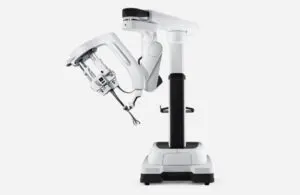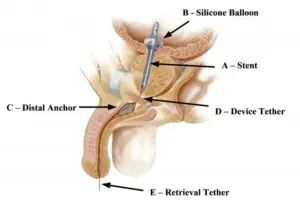MedTech News

A light-based modulation tool for brain plasticity opens promising avenues for treating Huntington’s disease
Synaptic plasticity—the brain’s ability to modify the connections between neurons to support learning—is one of the neural functions profoundly altered in Huntington’s disease, with a direct impact on brain function.

Plant used in folk medicine has anti-inflammatory anti-arthritic effects, study confirms
In Brazil, researchers from the Federal University of Grande Dourados (UFGD), the State University of Campinas (UNICAMP), and São Paulo State University (UNESP) have conducted a study that confirmed the safety and anti-inflammatory, analgesic, and anti-arthritic properties of the Joseph’s Coat plant (Alternanthera littoralis).

Ceribell gets FDA nod for delirium monitoring
Ceribell (Nasdaq:CBLL) announced that it received FDA 510(k) clearance for its proprietary delirium monitoring solution.

HeartBeam earns FDA clearance for first-ever cable-free 12-lead ECG for at-home arrhythmia assessment
HeartBeam (Nasdaq:BEAT) announced today that it received FDA 510(k) clearance for its 12-lead electrocardiogram (ECG) synthesis software.

Intuitive wins expanded FDA indications for da Vinci SP for trio of new procedures
Intuitive (NASDAQ: ISRG)+
announced today that the FDA cleared its da Vinci single port (SP) surgical robot for use in new types of procedures.

FDA clears HeartBeam’s at-home arrhythmia assessment tool
HeartBeam’s ECG software duplicates the 12-lead ECG approach undertaken in healthcare settings with electrodes to evaluate heart arrhythmias.

Roche gains CE Mark for bacterial vaginosis/candida vaginitis assay
The assay is currently available in nations that recognise the CE Mark.

FDA Approves ProVee System, New Generation of Prostatic Urethral Stents
The ProVee System is a next-generation prostatic urethral stent designed to gently open up the obstructed prostate and relieve lower urinary tract symptoms associated with BPH
